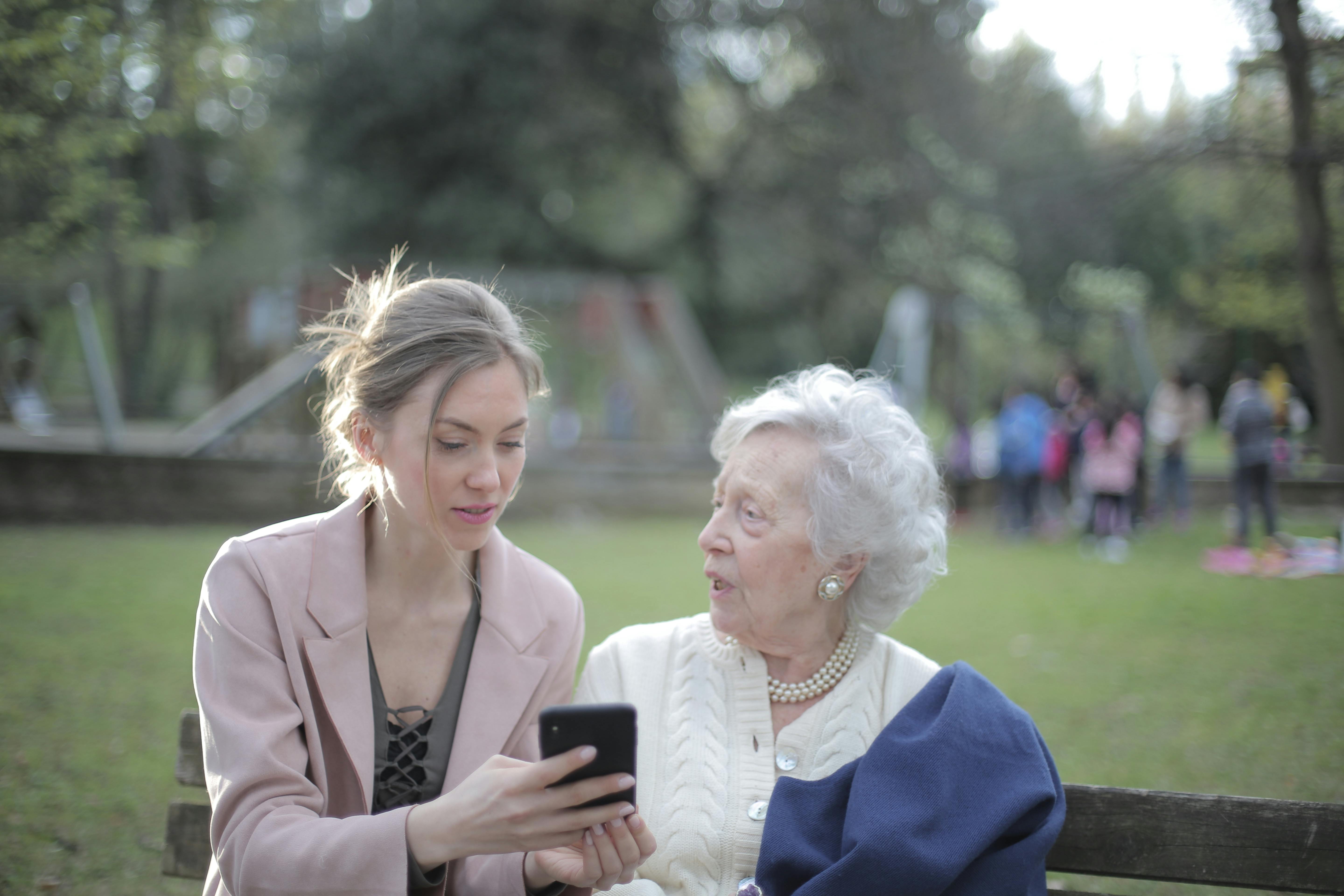The boy from the page: cute and cunning
The presence of a wedding ceremony is not exclusive to adults. On the contrary, the participation of young children as part of the wedding entourage is equally important. Wedding guests anticipate the departure of these adorable angels as they signal the start of the ceremony. Dressed in matching dresses and shoes, often with flowers in their hands, these flower girls are fun to watch as they throw flowers on the carpet and in the hallways. Not to be overshadowed are the handsome pages who are dressed almost perfectly by their proud parents. Don’t be fooled by the angelic glances of these flower girls and page girls because given the chance they are sure to cause a little chaos during the wedding. Chances are, you’ve seen a child throw a tantrum or just freeze exactly as the wedding is about to begin. The guys on the page might even do a trick or two with a clueless flower girl!
Page boys are called as such to indicate their role in a wedding, which is to serve or attend to the needs of the bride or groom. At British royal weddings, the presence of the pages is essential and they play an important role. A page can also be used during a cotillion (a formal presentation of young ladies, debutantes, to polite society), but this is done primarily for effect. In a wedding, the part of a page has been created to accommodate the young male relative of the bride or groom. It can be a younger brother, a cousin or a nephew. It is quite normal in any wedding to find that the entourage consists mainly of family members of the couple to be married. In some cases, young male children of friends may be asked to be the page if there is no suitable relative. The boy on the page is the male counterpart to the flower girl.
Generally, boys from 5 to 10 years old can be part of the pages. A child younger than that may cause a disruption during the wedding march or the ceremony itself, while someone older may look awkward and no longer pretty to look at. The bearer of the ring is considered a special page, since he is in charge of wearing the rings that will symbolize the union of the bride and groom. It should be noted that the term “ring bearer” has been adopted instead of page boy, as it is more descriptive of what the young man holds with his hands. He is still considered a page but with a special stake. This is also appropriate to distinguish the ring bearer from the other pages who may be present at the wedding. In the old days, the bride is expected to wear a wedding dress that has a long train. Since the extra length could result in a heavier gown, the bride has the burden of dragging her tail. The guys on the page should be there to help her run that train. Today, we rarely see a bride with a long tail, therefore the special page boy, who is the ring bearer, is the only one we see at a wedding.
Weddings are certainly not complete without a page in tow.


